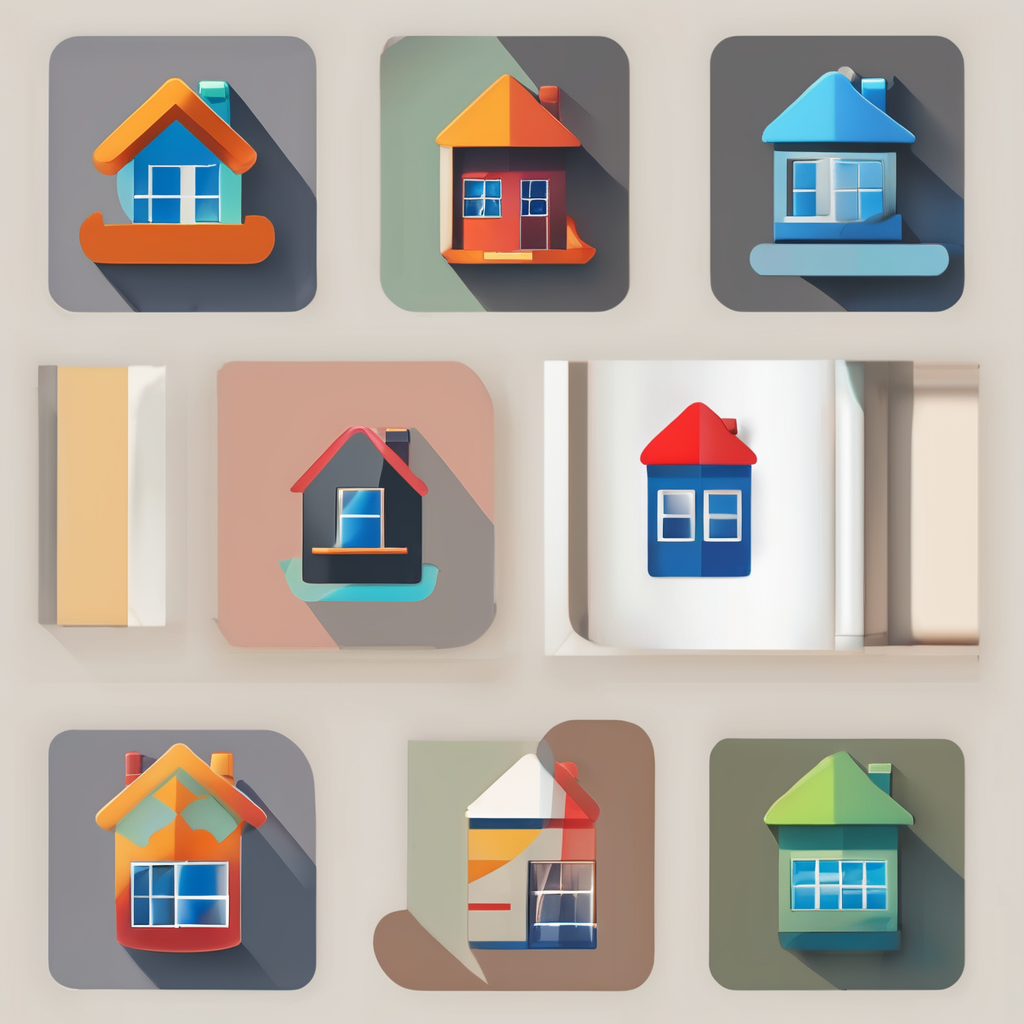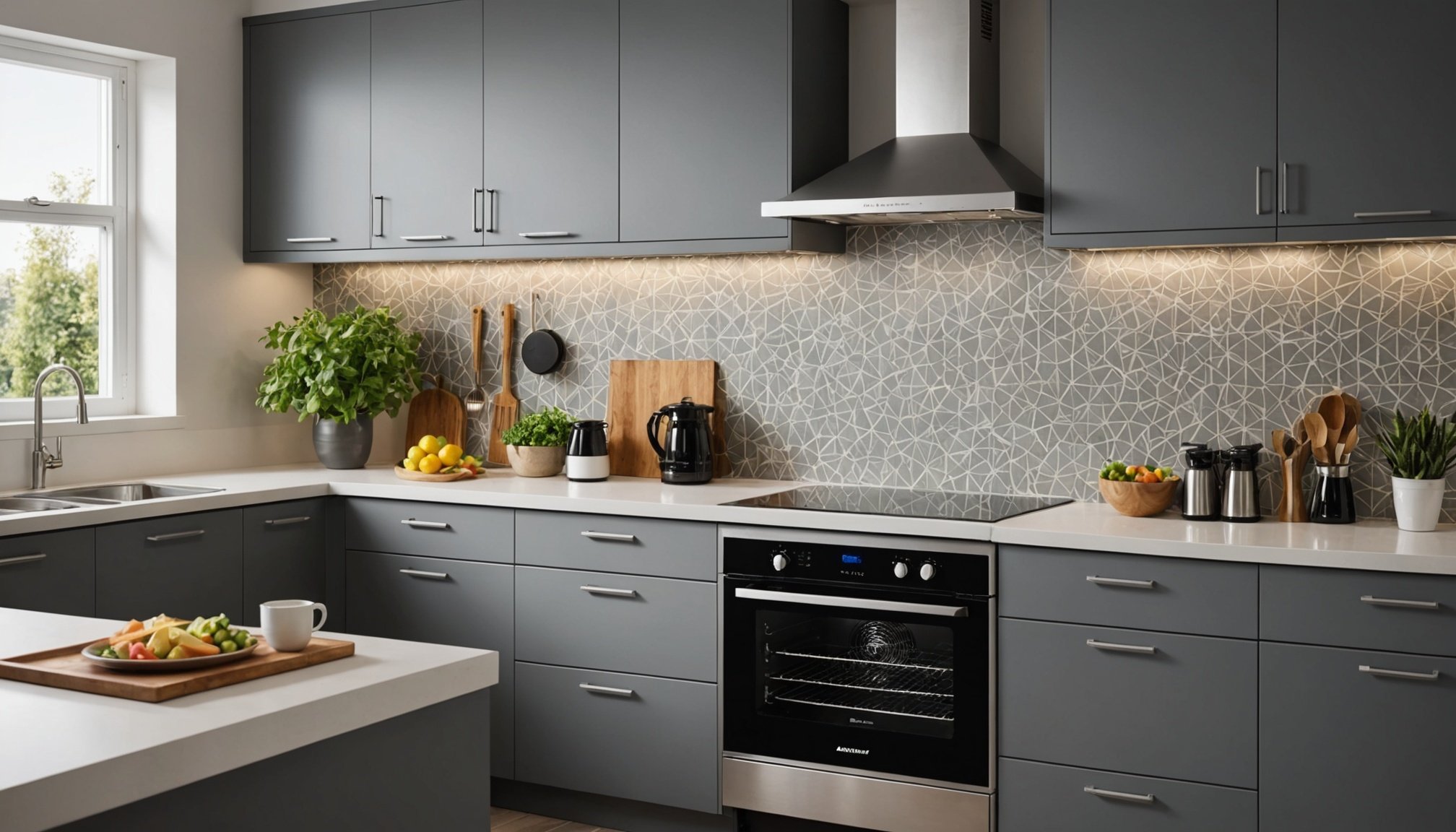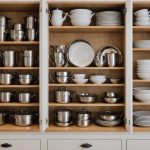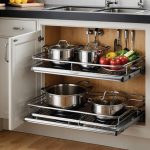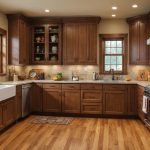Transform Your Kitchen’s Atmosphere: Explore the Health Benefits of UV-C Air Purifiers for Removing Dangerous Pollutants
Understanding UV-C Air Purifiers
When it comes to maintaining a healthy and pleasant indoor environment, especially in high-traffic areas like your kitchen, air purification is crucial. One of the most advanced and effective methods of air purification is the use of UV-C air purifiers. But what exactly are these devices, and how do they work?
What is a UV-C Air Purifier?
A UV-C air purifier is a device that utilizes ultraviolet light with a specific wavelength (UV-C) to eliminate airborne pathogens. Unlike traditional air purifiers that rely solely on filters, UV-C air purifiers integrate UV-C light technology to target and destroy microorganisms such as bacteria, viruses, and mold spores that traditional filters might miss[1].
In the same genre : Create an allergen-free kitchen paradise with a centralized vacuum system for a spotless home
How Do UV-C Air Purifiers Work?
At the heart of UV-C air purifiers is the UV-C chamber, which contains a UV-C lamp. As air circulates through the HVAC system or the purifier, it passes through this chamber where it is exposed to the UV-C light. This short-wave ultraviolet light disrupts the DNA and RNA of microorganisms, rendering them incapable of reproducing and causing harm. This multi-layered approach, combining traditional filtration with UV-C technology, ensures a comprehensive and highly effective air purification process[1].
Key Benefits of UV-C Air Purifiers
Comprehensive Air Purification
UV-C air purifiers offer a holistic solution to air pollution by targeting a wide range of contaminants, including bacteria, viruses, and mold spores. This ensures that your entire home, including your kitchen, is filled with clean and pure air. Here are some key benefits:
Also to see : Elevate Your Hydration Game: How a Simple Kitchen Counter Tip Can Boost Your Daily Water Intake
- Improved Health and Well-Being: By eliminating airborne pathogens, UV-C air purifiers contribute to a healthier living environment. This is particularly beneficial for individuals with respiratory issues, allergies, or compromised immune systems[1].
- Odor Removal: UV-C light technology is also effective in neutralizing unpleasant odors, such as cooking smells or pet odors, creating a fresher and more pleasant indoor atmosphere[1].
- Energy Efficiency: Integrating UV-C air purifiers into your HVAC system ensures energy efficiency, as they operate in conjunction with the existing ventilation system. This eliminates the need for separate devices in each room, streamlining the purification process[1].
Addressing Common Concerns
Ozone Production
One of the common concerns with UV-C air purifiers is the potential production of ozone, a toxic gas that can cause respiratory tract irritation and other health issues. However, it is crucial to choose UV-C lamps that do not generate ozone. Low-pressure UV-C lamps are recommended as they do not produce ozone, ensuring safe and effective air purification[2].
Efficiency and Maintenance
While UV-C air purifiers are highly effective, they do require regular maintenance to ensure optimal performance. Here are some key points to consider:
- UV-C Lamp Quality: The quality and lifespan of the UV-C lamp are crucial. Look for systems with high-quality lamps and follow the manufacturer’s recommendations for replacement intervals[1].
- Filter Maintenance: Regularly check and replace filters to ensure the air purifier continues to function efficiently. This includes pre-filters that capture larger particles and advanced filters that trap smaller particles[1].
Choosing the Right UV-C Air Purifier
Selecting the best UV-C air purifier for your home involves several considerations:
Size and Capacity
Ensure the air purifier is suitable for your home’s square footage. A system that matches the size of your HVAC system will effectively purify the air in every room.
Filtration Efficiency
Assess the filtration efficiency of the air purifier, including the type of pre-filters and filters used. A combination of effective filtration and UV-C technology ensures optimal purification.
UV-C Lamp Quality
Look for systems with high-quality UV-C lamps and check the manufacturer’s recommendations for replacement intervals.
Maintenance Requirements
Understand the maintenance requirements of the system, including filter replacement and UV-C lamp maintenance. A user-friendly design that facilitates easy maintenance contributes to long-term satisfaction.
Practical Insights and Actionable Advice
Here are some practical tips to help you get the most out of your UV-C air purifier:
- Regular Maintenance: Regularly check and replace filters and UV-C lamps as recommended by the manufacturer to ensure continuous efficiency.
- Placement: Ensure the air purifier is placed in a central location to maximize air circulation and purification.
- Combination with Other Filters: Using UV-C air purifiers in conjunction with HEPA filters and activated carbon can provide a comprehensive air cleaning solution.
Comparative Analysis of Air Purification Methods
Here is a comparative table highlighting the key differences between UV-C air purifiers and other common air purification methods:
| Air Purification Method | Effectiveness Against Pathogens | Odor Removal | Energy Efficiency | Maintenance Requirements |
|---|---|---|---|---|
| UV-C Air Purifiers | Highly effective against bacteria, viruses, and mold spores | Effective in neutralizing odors | Energy-efficient when integrated into HVAC systems | Regular filter and UV-C lamp replacement |
| HEPA Filters | Effective against particles as small as 0.3 microns, but may not capture all pathogens | Limited odor removal capabilities | Energy-efficient, especially when used in conjunction with UV-C | Regular filter replacement |
| Activated Carbon Filters | Effective against volatile organic compounds (VOCs) and odors | Excellent odor removal capabilities | Energy-efficient | Regular filter replacement |
| Ionic Air Cleaners | Variable effectiveness, may produce ozone | Limited effectiveness against pathogens | Can be energy-intensive | Regular maintenance to avoid ozone production |
Real-World Applications and Examples
Upper Room UV-C Systems
Upper room UV-C systems are another innovative approach to air purification. These systems treat a large volume of air by sectioning the room into a germ-killing overhead zone and a safer lower zone where people breathe. However, it is important to note that these systems are more effective against airborne pathogens and do not address surface contamination[2].
Home and Commercial Use
UV-C air purifiers are not just limited to residential use; they are also highly effective in commercial settings such as hospitals and schools. For example, in hospitals where the risk of airborne pathogens is high, UV-C air purifiers can be a critical component of the air purification system.
Health Concerns and Safety Precautions
While UV-C air purifiers offer significant health benefits, it is essential to address some health concerns and safety precautions:
Ozone Production and Health Risks
As mentioned earlier, some UV-C lamps can produce ozone, which is harmful to human health. It is crucial to choose low-pressure UV-C lamps that do not generate ozone. Additionally, ensuring that the air purifier is used in well-ventilated areas and following the manufacturer’s guidelines can mitigate any potential risks[4].
Public Health Standards
It is important to adhere to public health standards when using air cleaners. For instance, ASHRAE Standard 62.1 caps ozone emission levels from air cleaners at 5 ppb. Ensuring that the UV-C air purifier meets these standards is vital for safe and effective use[4].
Investing in a UV-C air purifier is a significant step towards creating a healthier and more pleasant indoor environment, especially in your kitchen. With their comprehensive air purification capabilities, energy efficiency, and long-lasting performance, UV-C air purifiers are an excellent choice for anyone looking to improve indoor air quality.
As Dr. Richard Corsi, an expert in indoor air quality, notes, “UV-C light is a powerful tool in the fight against airborne pathogens. When used correctly and in conjunction with other filtration methods, it can significantly reduce the risk of exposure to harmful microorganisms.”
By understanding how UV-C air purifiers work, addressing common concerns, and following practical advice, you can transform your kitchen’s atmosphere into a cleaner, healthier space for you and your family. Remember, cleaner air is just a step away with the right air purification technology.
